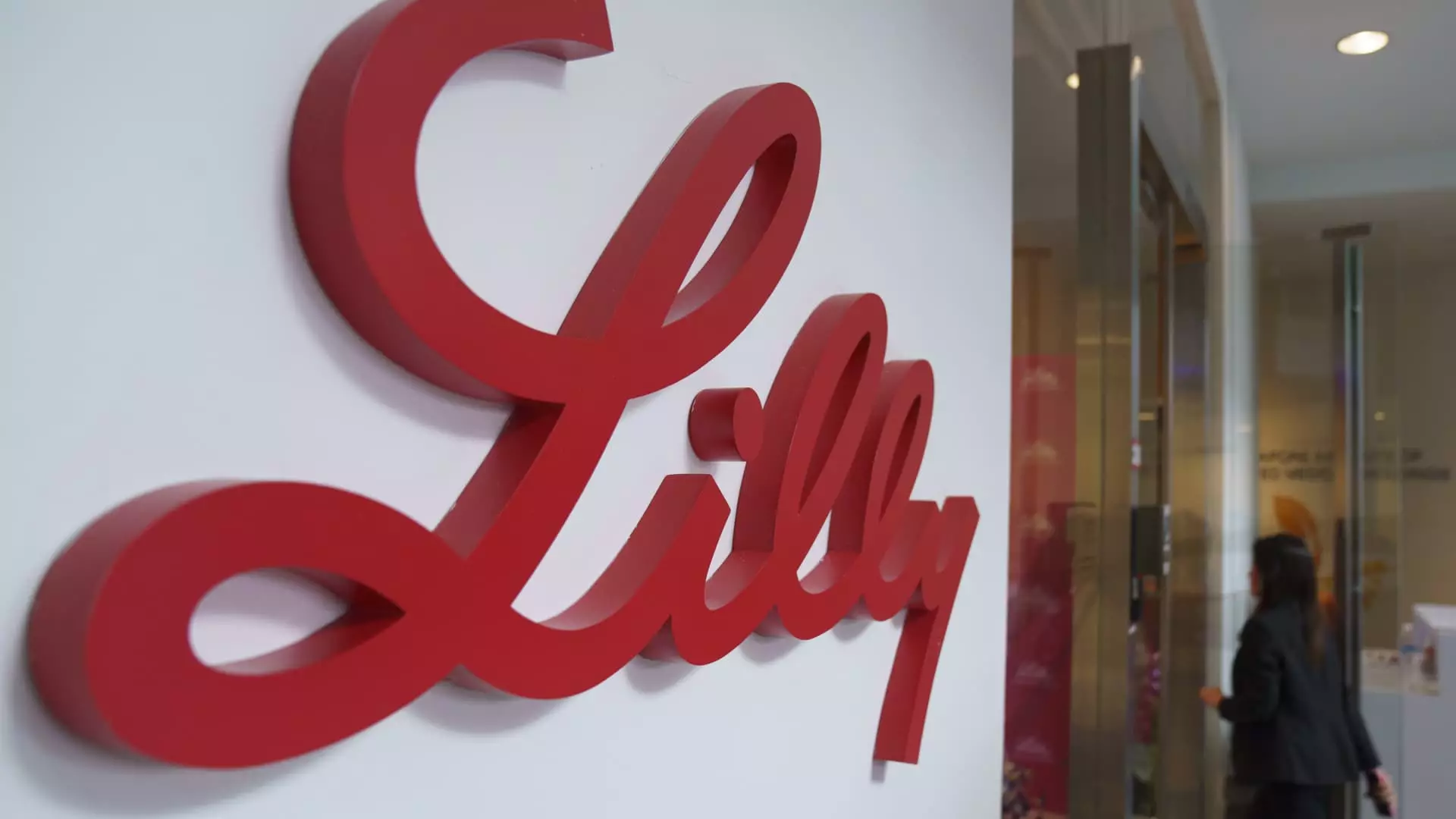Eli Lilly has recently adjusted its revenue projections, highlighting the unanticipated challenges it faces in meeting the explosive demand for its diabetes and weight loss medications. Originally forecasting revenue between $45.4 billion and $46 billion for 2024, the pharmaceutical giant now anticipates revenues around $45 billion—a notable decline that reflects a more cautious approach to future growth. This revision, despite representing a substantial 32% increase from the previous year, sent Eli Lilly’s stock tumbling by over 7% during midday trading.
The company’s struggles stem from an imbalance between manufacturing capabilities and market demand, particularly for its innovative products Mounjaro and Zepbound. Eli Lilly has made massive investments in scaling up its production of incretin drugs, which are critical for treating diabetes and obesity. In response to the FDA’s declaration of an end to the U.S. shortage of tirzepatide, the active ingredient in both medications, CEO Dave Ricks expressed optimism about increased supply. However, there remains an underlying tension as competition from rivals like Novo Nordisk intensifies, complicating Eli Lilly’s efforts to capture market share.
Looking ahead, Eli Lilly projects fourth-quarter revenues of approximately $13.5 billion, with significant contributions from its diabetes treatment Mounjaro and obesity drug Zepbound, estimated at $3.5 billion and $1.9 billion, respectively. These figures fall short of analyst projections surveyed by LSEG, who had higher expectations of $13.94 billion for the fourth quarter and $45.49 billion for the full year. This disappointing forecast underscores the volatile nature of the pharmaceutical market, where changing dynamics can swiftly alter financial outcomes.
Amid these challenges, Eli Lilly is actively pursuing innovation, including the development of an oral obesity medication. Ricks believes that an easier-to-manufacture and more patient-friendly pill could be submitted for approval as early as next year. Such advancements may aid the company in regaining momentum in a swiftly evolving industry landscape. However, it remains to be seen if these innovations will suffice in countering the pressure from competitors that also aim to dominate the burgeoning weight loss and diabetes medication market.
As Eli Lilly grapples with recalibrating its market expectations, the company’s future performance will hinge largely on its ability to navigate manufacturing hurdles and maintain a competitive edge through innovation. With expected sales reaching between $58 billion and $61 billion for the fiscal year 2025, there lies a glimmer of hope for recovery. Ultimately, Eli Lilly’s stock performance and market position will depend on how effectively it adapts to both internal and external pressures in the coming years.


Leave a Reply